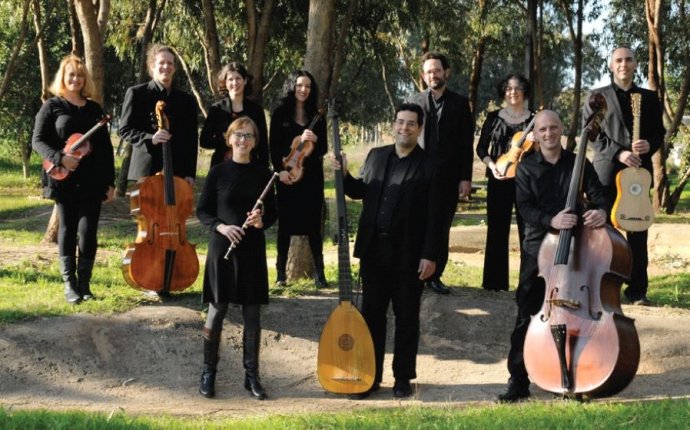
Baroque genres
The most comprehensive list of classical music genres available on the Internet
The Music Genres List site covers many of the most popular styles of classical music, we hope this becomes the definitive list of classical music genres on the Internet, send an email to add @ musicgenreslist dot com if you feel any classical music genres are missing and we’ll add to complete the music list.
- Avant-Garde
- Baroque
- Chamber Music
- Chant
- Choral
- Classical Crossover
- Early Music
- High Classical
- Impressionist
- Medieval
- Minimalism
- Modern Composition
- Opera
- Orchestral
- Renaissance
- Romantic
- Wedding Music
It is important to have some understanding of the historical periods of music.
Medieval Classical Music
When we explore Medieval music, we are dealing with the longest and most distant period of musical history. It includes the Gregorian chant. Gregorian chant is monophonic, meaning music that consists of only one melodic line without accompaniment. Polyphony, music where two or more melodic lines are heard simultaneously, did not exist (or was not knotted) until the 11th century. Unlike chant, polyphony required the participation of a composer to combine the melodic lines in a pleasing manner. I don’t know much about this period because I don’t like this kind of music.
Renaissance Classical Music
In the mid-1500s, a prominent bishop commented that music composed for the church should reflect the meaning of the words so that the listeners would be moved to piety. This concept seems like a no-brainer today, but it was a fairly new idea at the time. To suggest that Medieval composers had no desire to write “expressive” music would be unfair. But, it was the rediscovery of ancient Greek ideals in the Renaissance that inspired many musicians to explore the eloquent possibilities of their art.
The increased value of individualism in the Renaissance is reflected by the changing role of the composer in society. Unlike most of their Medieval predecessors, the great masters of the Renaissance were revered in their own lifetimes.
Sacred music was still predominant, though secular music became more prevalent and more sophisticated. The repertory of instrumental music also began to expand significantly. New instruments were invented, including the clavichord and virginal (both keyboard instruments) and many existing instruments were improved.









